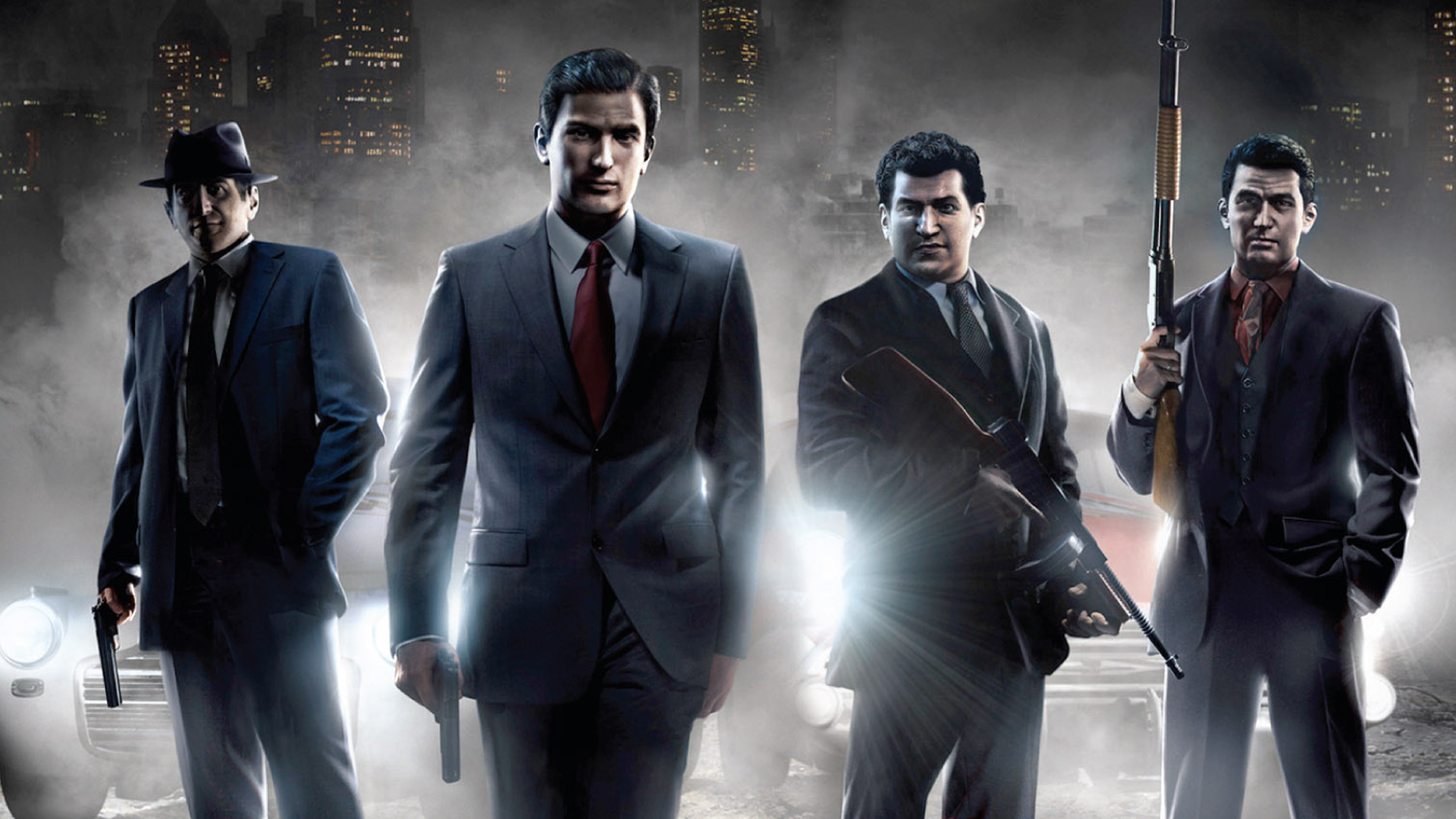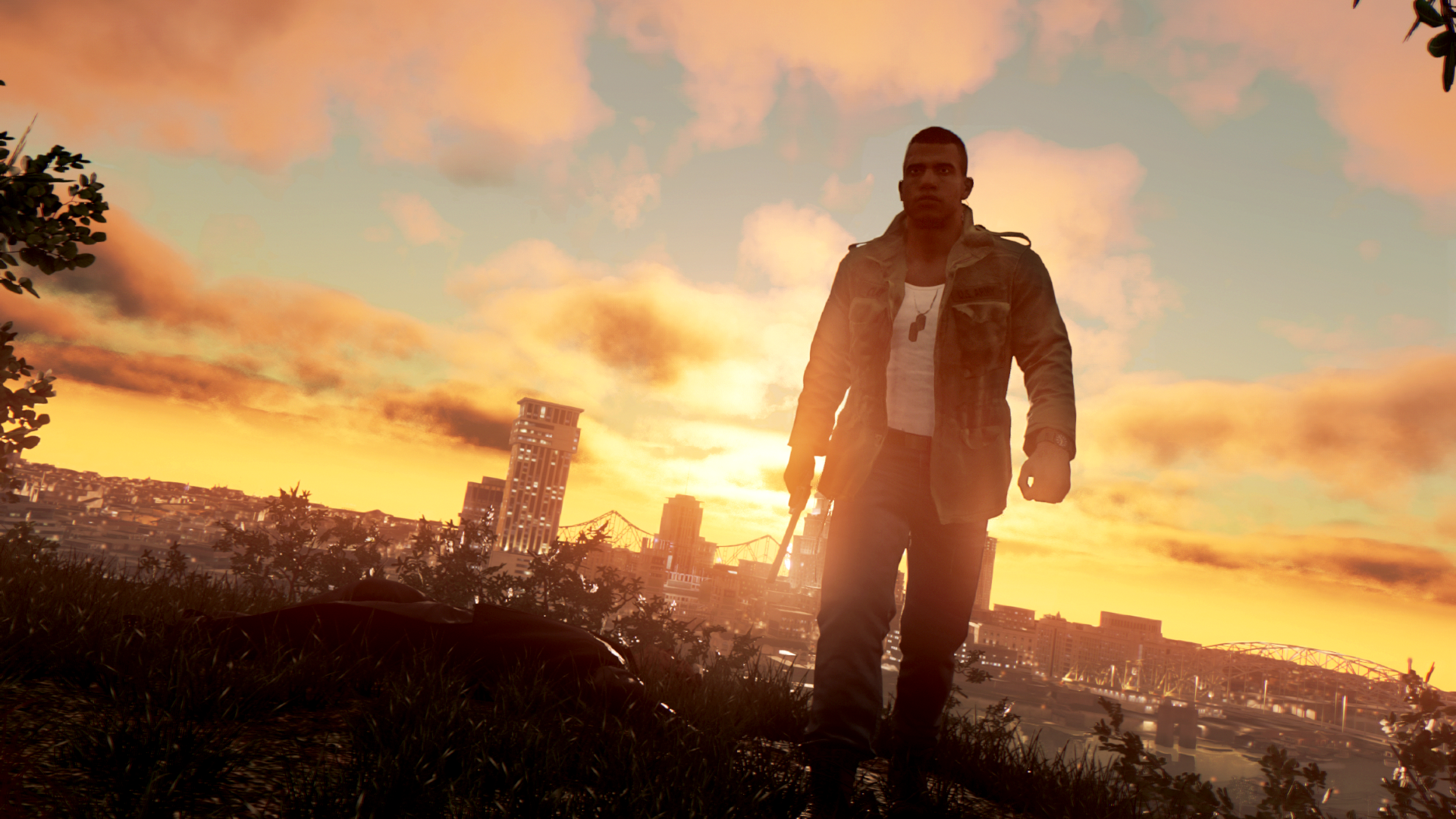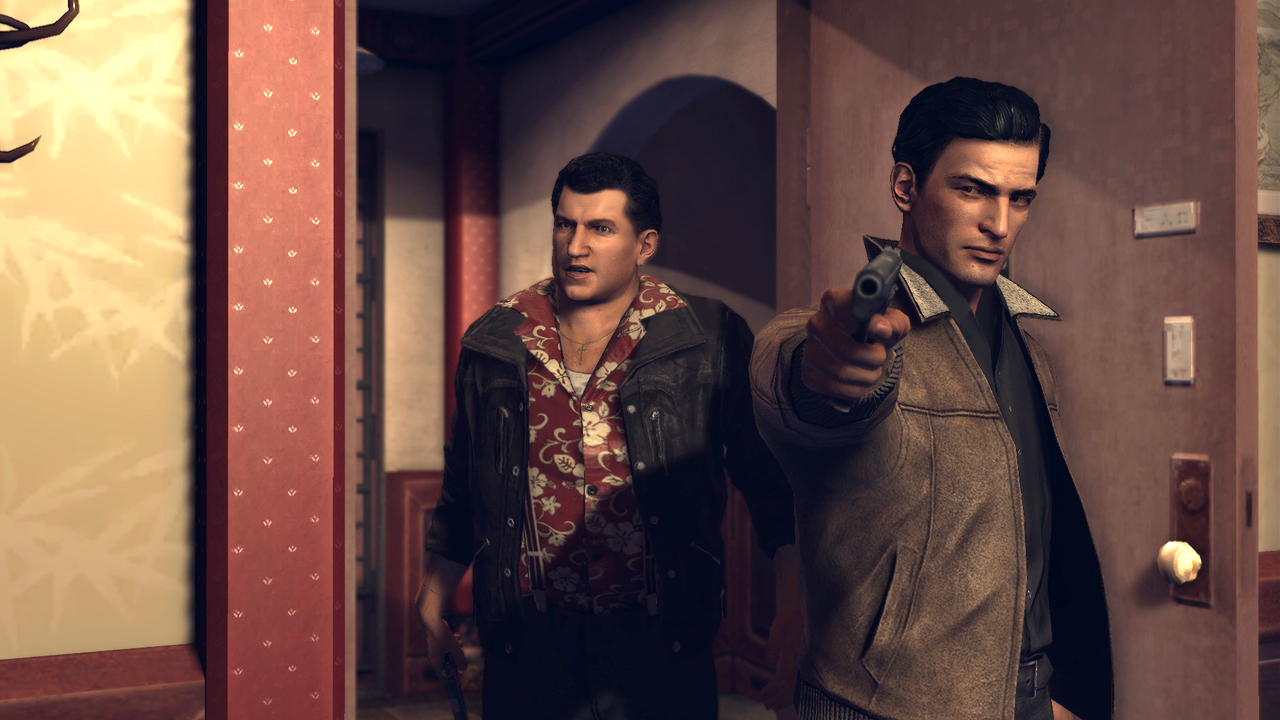Why Mafia 3 fails to capture the magic of its predecessor
Vito Scaletta’s story is still the high point of the series.

Mafia III has its predecessor beat in one respect: the originality of its premise. Playing as a black Vietnam veteran in 1960s America, in a city plagued by institutional racism, is a genuinely bold, interesting idea. Compared to this, a young Italian American rising in the ranks of the Mafia is a fairly standard crime story. But that’s about all Mafia III has going for it.
Mafia II follows Vito Scaletta from fighting in World War 2, to returning home and pulling off petty heists with his old friend Joe Barbaro, to climbing to the top of the criminal ladder and becoming a made man. You share his journey, which makes the important moments in his life more meaningful. You feel like you’re experiencing them through him.
Lincoln Clay’s story has a promising start. He plans to move to California after his homecoming for work, but is reluctantly drawn back into a life of crime. Then something happens in the story that sets him on a path of revenge, and suddenly his character becomes completely one-dimensional. His motivation becomes killing the man who betrayed his family, and that’s about it.
Vito is, in many ways, just as driven as Lincoln. But he has other dreams too. Early in the game, when he’s still a low-level crook, you drive past the suburban houses of Greenfield and he daydreams about living there one day. Then, later, when he’s risen in the ranks and made some money, he realises his dream and buys one, and you feel a sense of pride. It’s a relatable, human moment; Lincoln’s single-minded quest for vengeance is not.
Mafia II is full of humanity. You’re playing as a ruthless criminal, sure, but there are moments of genuine warmth. There’s nothing in the new game as memorable or charming as Joe and Eddie Scarpa drunkenly singing Dean Martin’s ‘Return to Me’ as Vito drives them home, and realising, to their dismay, that they don’t know the words to the Italian verse.

And the fact that they just buried a body minutes earlier is another thing Mafia II gets right. This contrast of the brutal, ugly side of crime and the humour and friendship of the characters is a hallmark of the best crime fiction, from Goodfellas to The Sopranos. You love these guys in the same way you root for Tony Soprano, despite the fact that he’s done some horrible stuff. In comparison, Mafia III is a bleak and largely humourless revenge story that, for the most part, takes itself far too seriously.
Then there’s the setting. The idea of a game with a black protagonist being set in a racially segregated city is, again, a great concept. But the execution doesn’t live up to the strength of the idea. New Bordeaux is a dreary, lifeless place painted in murky shades of brown. With the exception of the distinctive French Ward, it’s visually and architecturally uninspiring, and fails to evoke the time period as effectively as Empire Bay.
Mafia II’s city is a stylish mix of Chicago and New York that sidelines realism in favour of capturing the romantic image of a great American city, and we get to explore it in two superbly realised time periods. The game begins in the winter of 1943, and the snow-covered streets are incredibly atmospheric. Military planes fly overhead reminding you that World War 2 is still raging, and there’s a sense of uncertainty about what the future holds.
Then Vito goes to jail, returning to Empire Bay in 1951 to find a city in the throes of sunny, post-war optimism. He watches shiny red sports cars and loved-up young couples through a cab window as Eddie Cochrane’s ‘C’mon Everybody’ plays: a stark contrast to the dark, wintry city you explored earlier. And, once again, you share the moment with Vito, having spent the last hour or so in prison with him. It’s a wonderful example of scene-setting, and captures the period better than any moment in Mafia III.

There is some nice world-building in Mafia III. I love walking through the French Ward and hearing distant jazz music leaking from the doorways of bars and clubs. A small detail, but one that brings the place to life. Mostly, though, it’s one of the most uninspiring virtual cities I’ve explored in years, with miles of seemingly identical-looking streets.
A result, no doubt, of the pressure to make it bigger than Mafia II. But it really didn’t have to be. A smaller, more lovingly crafted game-world is always better than a sprawling, forgettable one. I wouldn’t have cared if New Bordeaux was the same size as Empire Bay—as long as it was a detailed, atmospheric, and interesting space to play in. As it stands, there’s a lot of New Bordeaux to explore, and not a lot to find.
Empire Bay was the same, of course. In fact, one of the main criticisms of Mafia II was that the city was devoid of things to do. But I’ve always found that complaint fallacious, because, really, Mafia II is not an open-world game; it’s a scripted, linear shooter that just happens to have an extremely elaborate backdrop and some limited freedom. Mafia III, on the other hand, is more explicitly a traditional open-world game—in the sense that its missions are scattered around the map and can be accessed at your leisure.
Mafia II is linear because it serves the story. It spans years, and having a focused, scripted narrative is the only way to effectively tell such a sweeping tale. Mafia III has a story to tell—and an interesting one at that, at least before Lincoln becomes The Terminator—but the structure and design of the game betrays it. You spend most of your time in New Bordeaux running between objective markers, taking over rackets and territory, and while you’re spending hours doing that, the story is going nowhere.
Mafia III’s design is, perhaps, a result of critics who claimed the previous game’s city was too limited. But by responding to these complaints with a more familiar open-world structure, the story has suffered. If they used the same formula as Mafia II—some moments of freedom, but ultimately a completely linear experience—the story they wanted to tell might have had a better platform. I might have cared about Lincoln Clay and his quest for vengeance. I might have felt like I was going on, and sharing, a journey with him like I did with Vito. But, alas, I just didn’t care.
The biggest gaming news, reviews and hardware deals
Keep up to date with the most important stories and the best deals, as picked by the PC Gamer team.
If it’s set in space, Andy will probably write about it. He loves sci-fi, adventure games, taking screenshots, Twin Peaks, weird sims, Alien: Isolation, and anything with a good story.


